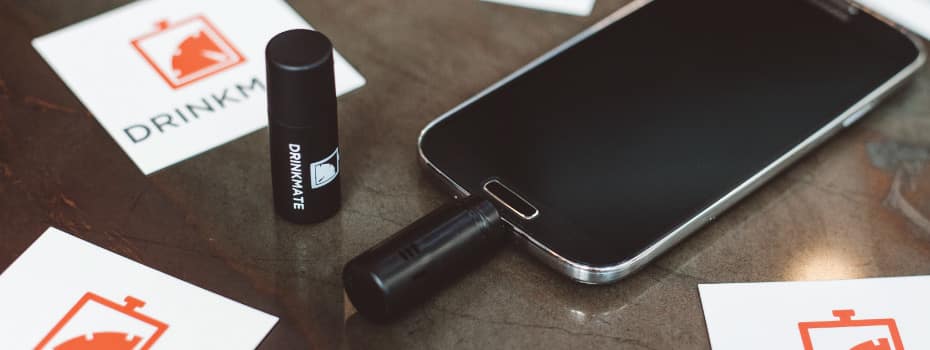Every Friday, we answer a common question about fulfillment, shipping, or business. This week’s question comes from a reply to one of our weekly emails. Today we will answer the following question: “how do companies ship temperature-sensitive goods?”
How Cold Chain Logistics Work
Shipping temperature-sensitive goods is so common and important that there’s a name for the special procedures required: cold chain logistics. The basic concept is simple – the cold chain is a logistics network used to package, handle, label, and ship items that cannot be exposed to heat.
This is how perishable goods like medicine, wine, ice cream, fresh fruit, and meat are shipped. It’s also how blood plasma and organs are transported too. Needless to say, the market is very important and represents nearly a trillion dollars in the US economy every year.
There are five basic parts to the cold chain:
- Choosing the right carrier. Not every carrier is appropriately equipped to ship cold items. You have to pick one that has the right equipment and experience handling temperature-sensitive goods.
- Knowing the rules and regulations. Temperature-sensitive shipments are highly regulated. If you’re shipping food, then you are subject to FDA guidelines. If you’re shipping medicine, then you’re subject to both FDA and DEA guidelines as well. Even some of the packing materials – like dry ice – are considered hazardous and are subject to special regulations.
- Packaging items to keep them cool. Temperature-sensitive goods have to be insulated and/or refrigerated. We’ll talk about how that works in the next section.
- Monitoring in transport. Temperature-sensitive goods may be so sensitive that they need special temperature monitoring devices in order to be safely shipped. Monitoring devices help shipping carriers identify packages that are getting to warm so they can cool them down.
- Shipping as fast as possible. This is key – any item that has to be kept at a stable temperature most be shipped as quickly as possible. That means same-day or overnight shipping when at all possible.
Keeping Temperature-Sensitive Goods Cold
It’s easy to understand that temperature-sensitive goods are often shipped in refrigerated trucks and stored in cold warehouses. But what about those periods of time when the goods are on the road and not inside of a cold building or vehicle?
That’s where packaging comes in – and there’s a lot of it! According to Berlin Packaging, temperature-controlled packaging often consists of six parts:
- An outer corrugated carton
- An inner cooler
- Refrigerant
- Primary containers (they use specimen bags and vials as examples)
- Protective packaging (such as packing peanuts, bubble wrap, etc.)
- Leak-proof bags
Packaging products for the road is already an involved process, but it makes sense to take extra precautions when you’re shipping cold meat or dangerous biological materials. Commonly used insulating materials include expanded polystyrene foam, polyurethane foam, and vacuum insulated panels. Refrigerants include dry ice, gel packs, and phase change materials.
The right materials to use differ on the exact items being shipped. Needless to say, there is always a balance between risk that the package will spoil and cost.
Chocolates, for example, may be packed in heat-resistant foam and sent on their way. Live virus samples, on the other hand, will probably be carefully packed in multiple rigid and leakproof containers and refrigerated with special materials that make it easier to unpack.
Final Thoughts
Cold chain logistics become very complicated very quickly. However, it’s important to have procedures like this in place to ship everything from groceries to medicine to biological samples. In practice, the cold chain is much like the regular supply chain, but with extra care taken every step of the way.
Cold-chain logistics is the technical term for shipping temperature-sensitive items. It is a logistic network used to package, handle, label, and ship items that cannot be exposed to heat.
You’ve done everything by the book. Your Kickstarter campaign is almost ready to launch.
You made a great product. Built an audience. Set up a campaign page.
But how do you ship it?
We put this checklist together to help you get started. It's free.





